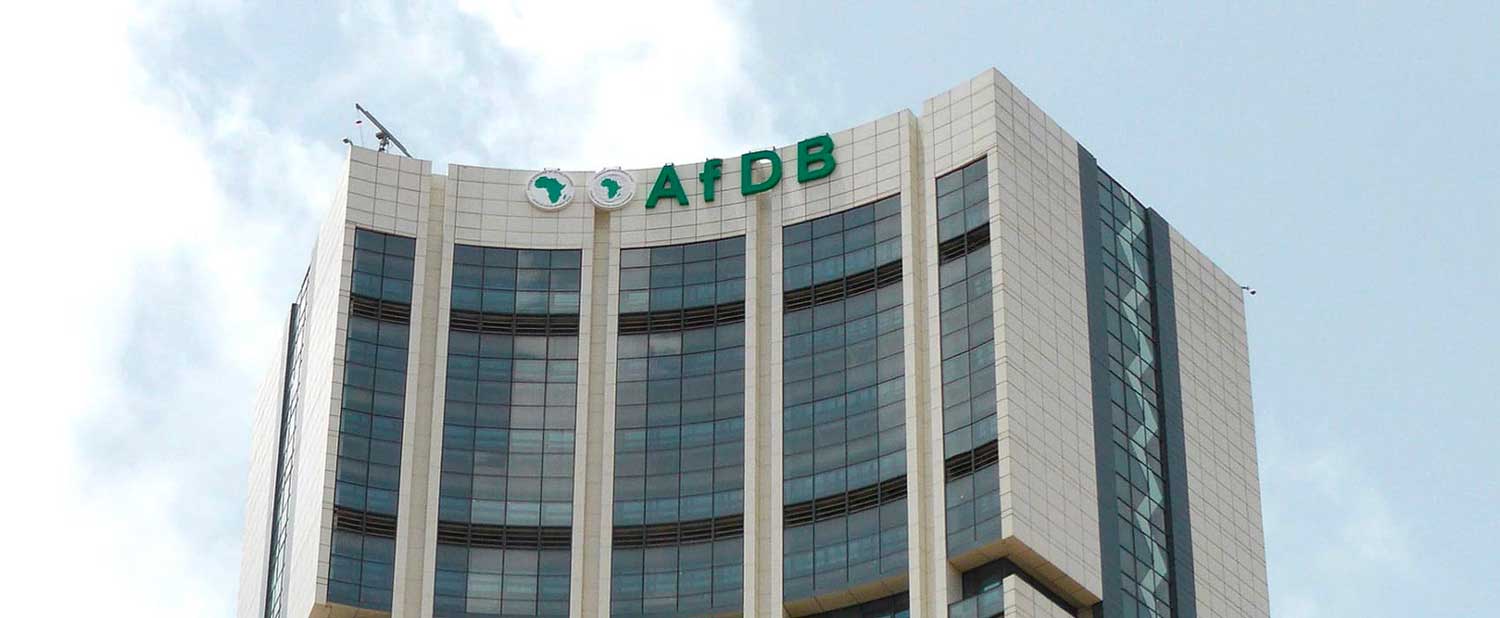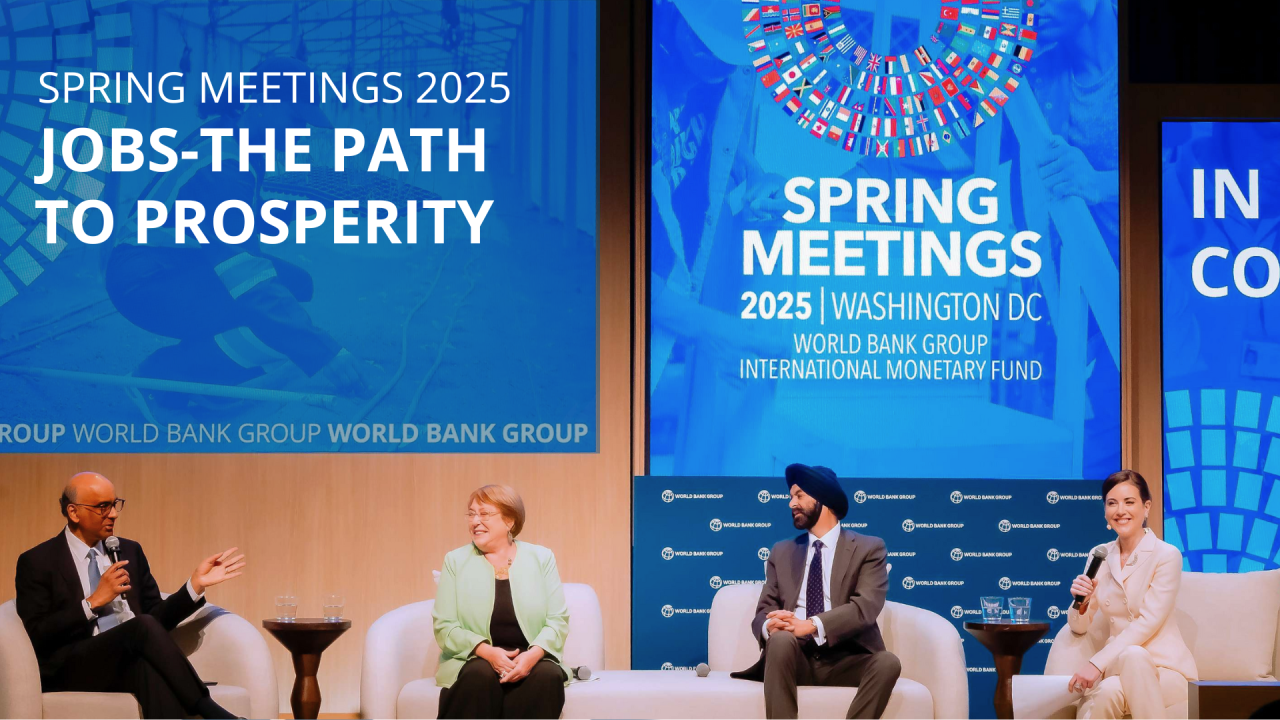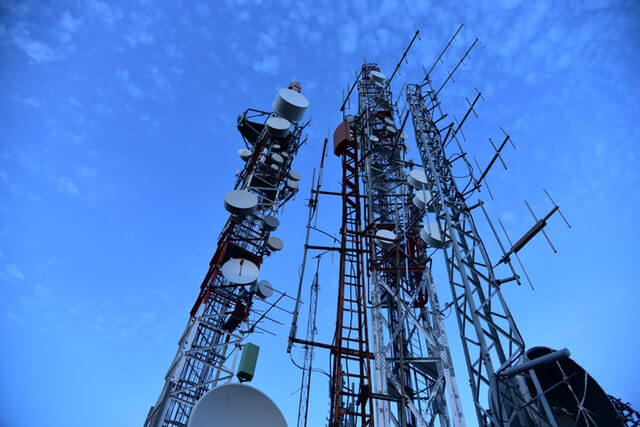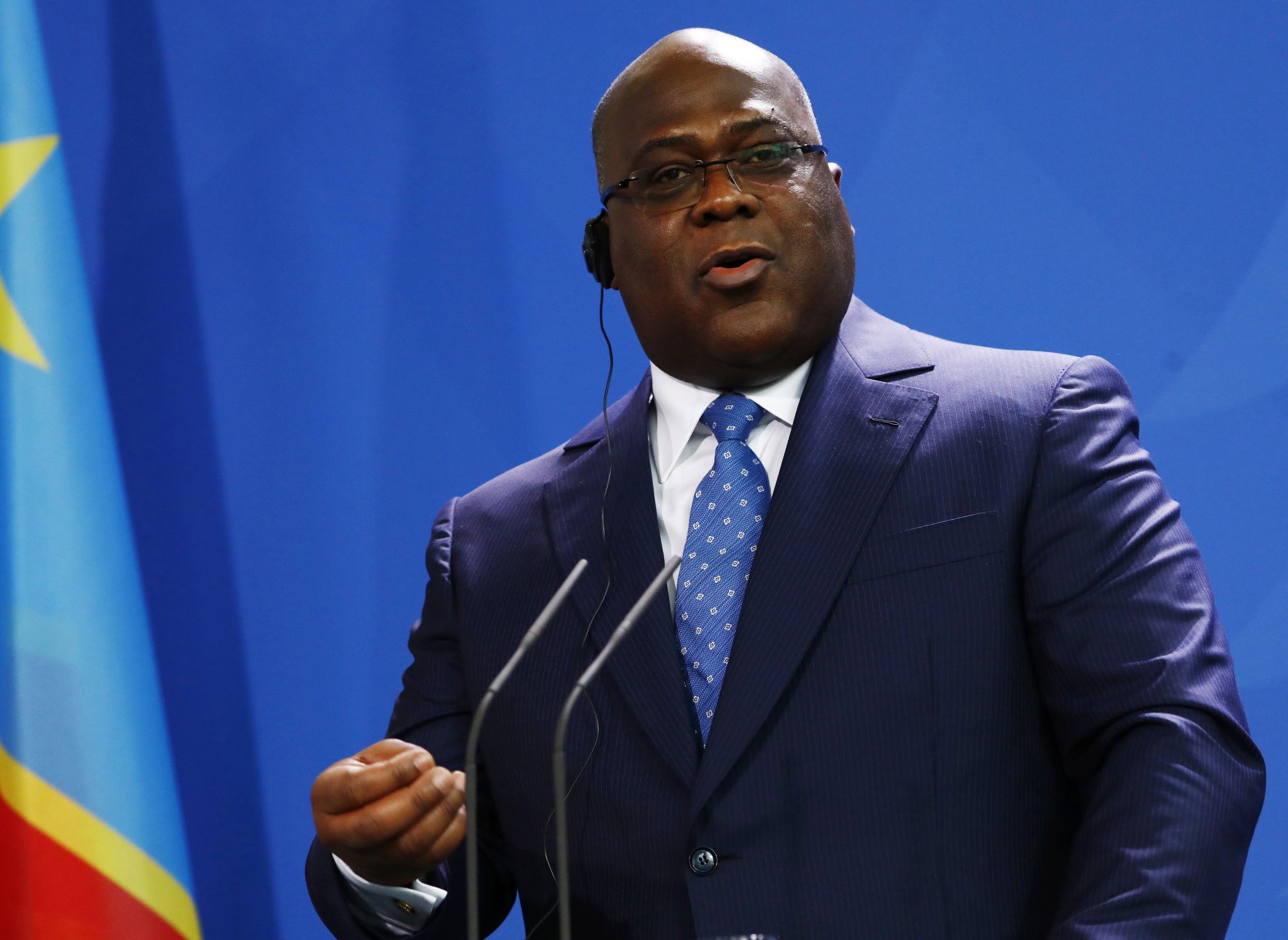Paris Rebuilds Economic Influence in Egypt with €4B AFD Pact
Egypt and France renew a €4B cooperation pact through 2030, expanding AFD-backed projects in transport and energy. Egypt’s Eurobond (EGYP2032 ≈ 9.9%) tightens 20 bps as markets view the deal as a sign of fiscal stability amid global rate pressure.
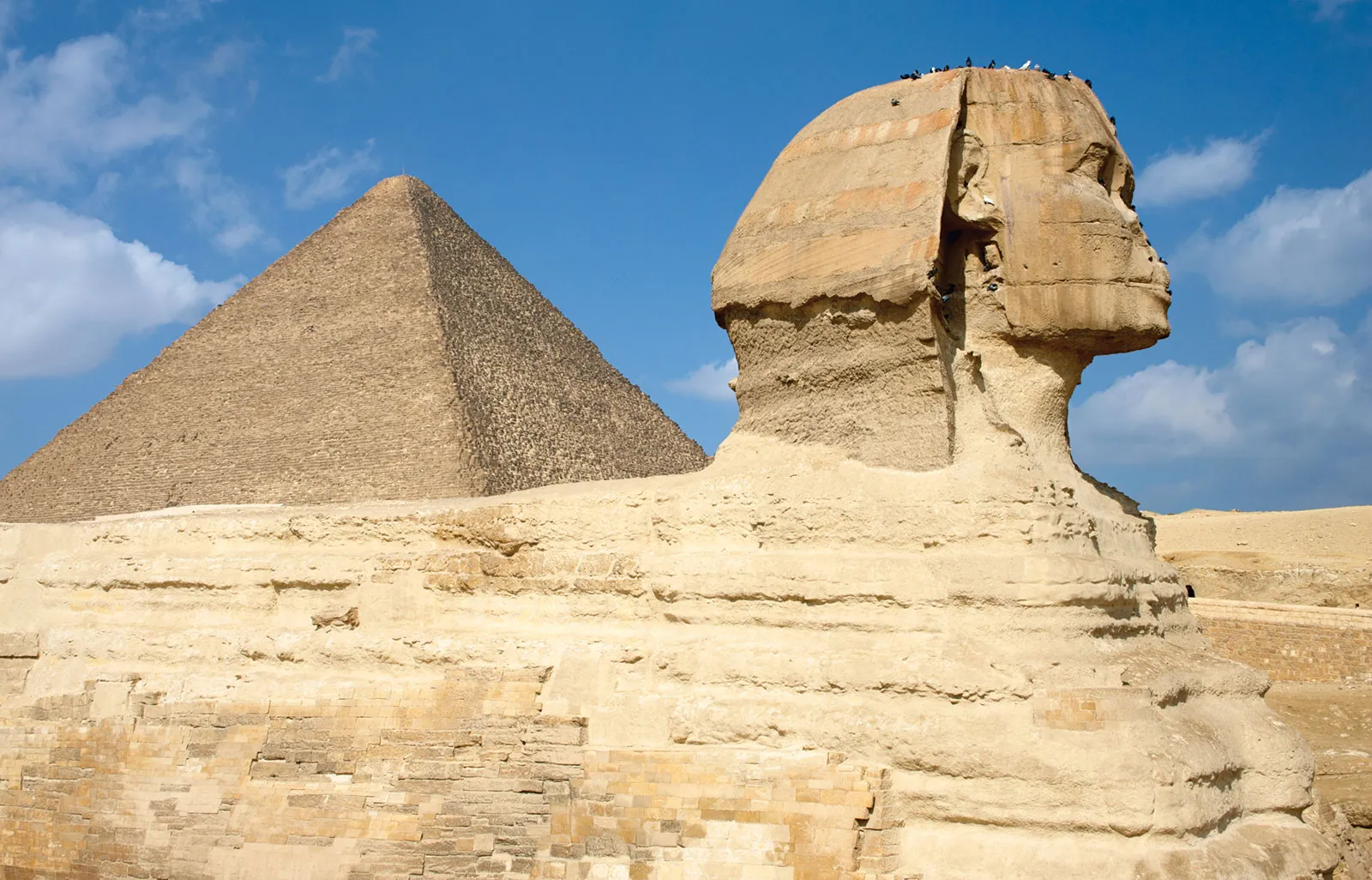
Egypt and France have renewed their strategic cooperation framework through 2030, extending a €4 billion (≈ USD 4.3 billion) financial partnership that positions Paris among Cairo’s largest bilateral creditors. The deal, signed between Egypt’s Ministry of International Cooperation and France’s Agence Française de Développement (AFD), reaffirms France’s long-term role in Egypt’s infrastructure, energy, and green-transition agenda while reinforcing its diplomatic footprint in North Africa.
The renewed framework focuses on three pillars: sustainable urban transport, climate resilience, and industrial decarbonization. It expands previous programs financed under the 2019–2023 partnership, which mobilized roughly €2 billion in loans and grants. Under the new agreement, AFD and Bpifrance will co-finance select industrial and infrastructure projects aligned with Egypt’s Vision 2030 and Green Growth Strategy. According to the Ministry of International Cooperation, approximately €262 million in new MoUs were signed in April 2025, focusing on water networks, transport electrification, and renewable energy expansion.
France’s economic footprint in Egypt continues to grow across both public and private sectors. French companies — including Alstom (EPA: ALO), TotalEnergies (NYSE: TTE), and Veolia (EPA: VIE) — are key participants in Cairo’s ongoing infrastructure modernization, notably in metro, desalination, and energy-transition projects. The Cairo Metro Line 1 rehabilitation and Alexandria tram modernization, both partially financed by AFD, have become flagship examples of blended finance in North Africa.
Economically, the agreement arrives as Egypt’s fiscal and external positions stabilize after two years of volatility. GDP expanded by 4.2 percent in FY2024/25, inflation moderated to around 31 percent, and gross official reserves stand near USD 38 billion. Public debt, while still elevated, has stabilized around 89 percent of GDP, supported by IMF-backed reforms and sovereign-debt reprofiling. The Egyptian pound (USD/EGP ≈ 50.8) has remained broadly steady since the March 2025 adjustment, while 12-month Treasury yields hover near 23 percent.
For Egypt, concessional partnerships like this are critical to balancing liquidity with affordability. Unlike commercial Eurobond borrowing — where the 2032 issue (EGYP2032) yields about 9.9 percent — AFD’s facilities typically carry 15–20-year maturities at interest rates near 1.5 percent. This differential offers Cairo an essential source of low-cost funding amid a tightening global credit cycle. France now accounts for roughly 4 percent of Egypt’s external debt stock, ranking as its fourth-largest bilateral creditor after Japan, China, and Germany.
For France, the agreement reinforces its economic diplomacy in Africa’s second-largest economy and a key Suez Corridor ally. The partnership also aligns with the European Union’s Global Gateway and Green Deal initiatives, which aim to direct European capital toward climate-aligned, high-multiplier infrastructure in emerging markets. By leveraging AFD’s balance sheet and Bpifrance’s export-credit capabilities, France effectively positions itself as a preferred financier of Egypt’s decarbonization and industrial-modernization programs — a geopolitical counterweight to Gulf and Chinese influence in the same sectors.
Financial markets have reacted positively, viewing the renewal as a sign of continuity in Egypt’s reform trajectory. The EGX 30 Index (EGX: EGX30) rose 1.4 percent in the week following the announcement, and the spread on Egypt’s 2032 Eurobond tightened by about 20 basis points, reflecting moderate investor relief. The Dollar Index (DXY: DX-Y.NYB ≈ 105.7) remains elevated, but its impact on Egyptian assets has been contained by the currency’s recent stability and strong concessional inflows.
The broader significance of the deal lies in Egypt’s evolving financing strategy. After several years of relying on short-term external borrowing and Gulf deposits, Cairo is now lengthening maturities and diversifying funding partners. The France–Egypt agreement is not just a renewal—it’s a recalibration, signaling a preference for patient capital tied to tangible development outcomes rather than volatile market debt.
As global borrowing costs remain high and capital flows to emerging markets stay selective, this partnership underscores how bilateral and multilateral lenders can stabilize frontier economies through structured, long-horizon cooperation. For both Paris and Cairo, the renewed framework is a pragmatic marriage of economic diplomacy and financial discipline—one that turns development finance into an instrument of strategic alignment rather than dependence.


